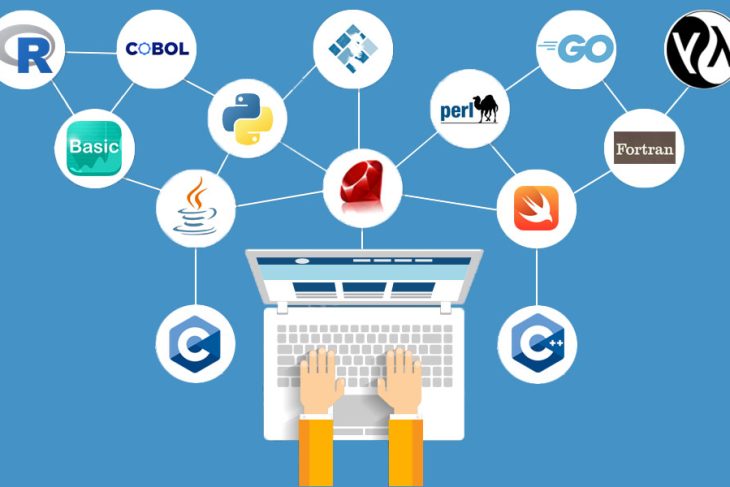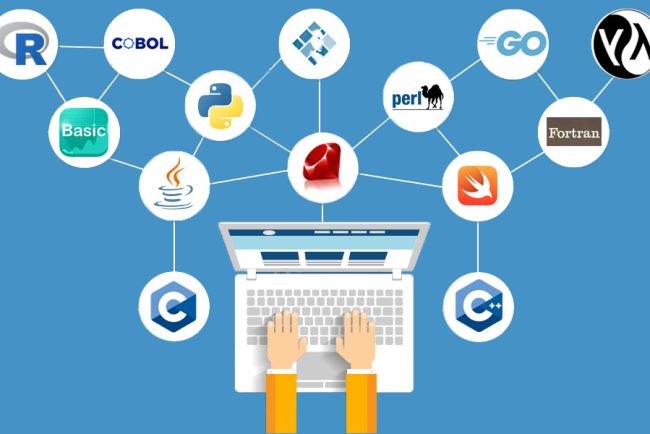

The COVID-19 pandemic has revolutionized the way we work, accelerating the adoption of remote work practices across industries. As we move towards a post-pandemic era, the concept of hybrid work, which combines both remote and in-person work, is gaining prominence. In this article, we delve into the future of hybrid work, exploring its potential and the benefits it can bring to organizations and employees.
The Rise of Hybrid Work:
Hybrid work refers to a flexible work model that allows employees to divide their time between remote work and in-person collaboration. It provides the best of both worlds, offering the freedom and flexibility of remote work while maintaining the benefits of face-to-face interactions and teamwork.
Unlocking Potential:
- Work-Life Balance: Hybrid work enables individuals to better balance their personal and professional lives. By eliminating the need for daily commutes and providing flexibility in work hours, employees can allocate more time to family, hobbies, and self-care, resulting in improved overall well-being and job satisfaction.
- Increased Productivity: Studies have shown that remote work can lead to increased productivity due to fewer distractions and the ability to create personalized work environments. By allowing employees to choose where and when they work best, hybrid work empowers them to optimize their productivity and deliver quality results.
- Cost Savings: Hybrid work can bring substantial cost savings for both employees and organizations. With reduced commuting expenses, lower office space requirements, and potential savings on meals, employees can enjoy improved financial well-being. Likewise, organizations can benefit from reduced overhead costs associated with maintaining large office spaces.
- Talent Acquisition and Retention: Embracing hybrid work opens up opportunities for organizations to attract and retain top talent. By offering flexible work arrangements, companies can tap into a broader pool of skilled professionals who may prefer the flexibility and work-life integration that hybrid work provides. This can result in a more diverse and inclusive workforce.
Challenges and Solutions:
While hybrid work offers numerous advantages, it also presents challenges that need to be addressed. Some common challenges include maintaining effective communication, ensuring equitable opportunities for remote and in-person employees, and managing work-life boundaries. Organizations can overcome these challenges by implementing robust communication tools, fostering a culture of inclusivity, and providing resources and support for employees to establish healthy work-life boundaries.
The Future Outlook:
As organizations adapt to the post-pandemic landscape, hybrid work is poised to become the new norm. It allows organizations to leverage technology, embrace flexibility, and harness the power of remote collaboration. By adopting a hybrid work model, companies can build resilience, improve employee satisfaction, and drive innovation.
Conclusion:
The future of work is evolving, and hybrid work is at the forefront of this transformation. By combining the best aspects of remote and in-person work, organizations can unlock the potential of their workforce and create a more flexible and productive work environment. As we navigate the new era of work, embracing hybrid work is not only a strategic decision but also a way to empower employees and foster a culture of adaptability and inclusivity.


















